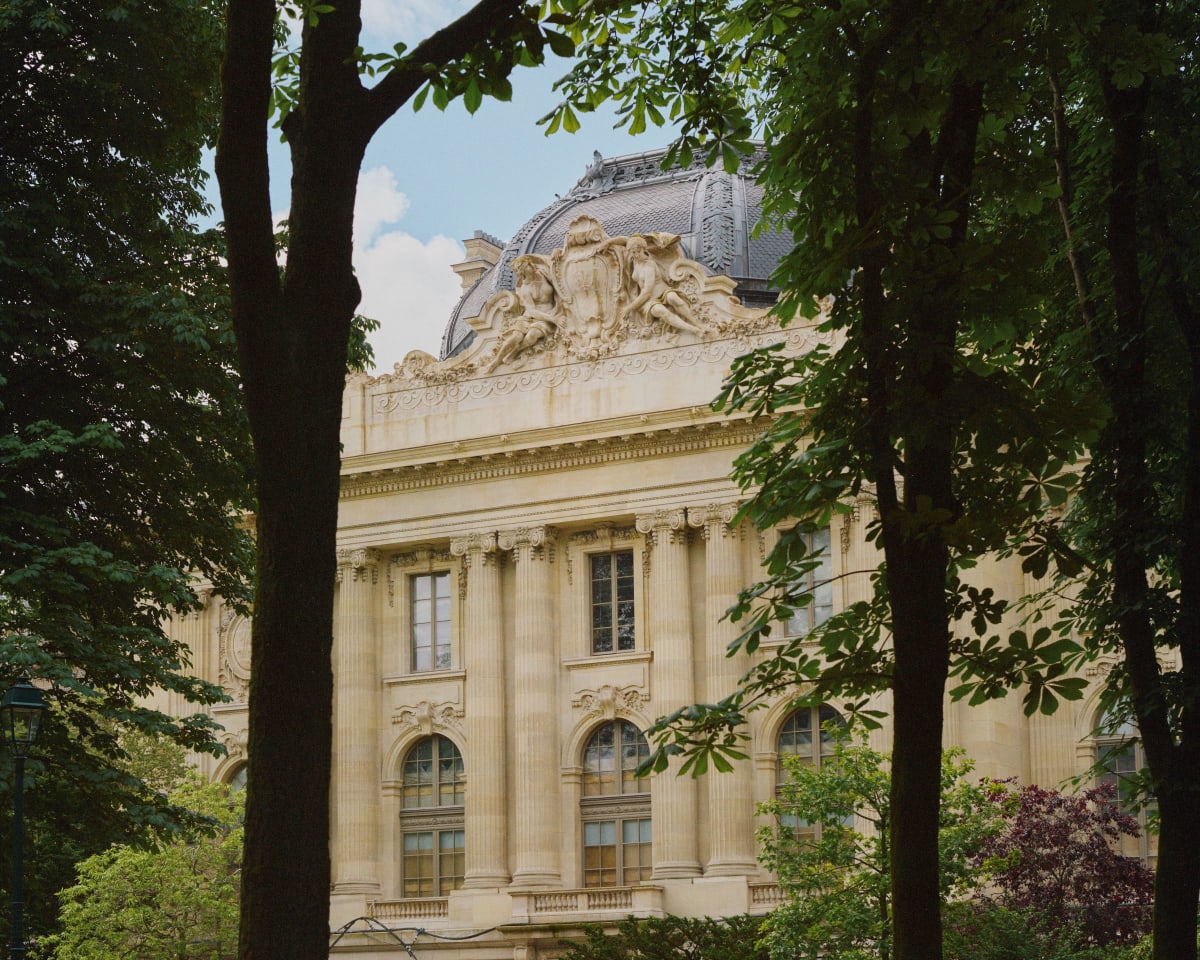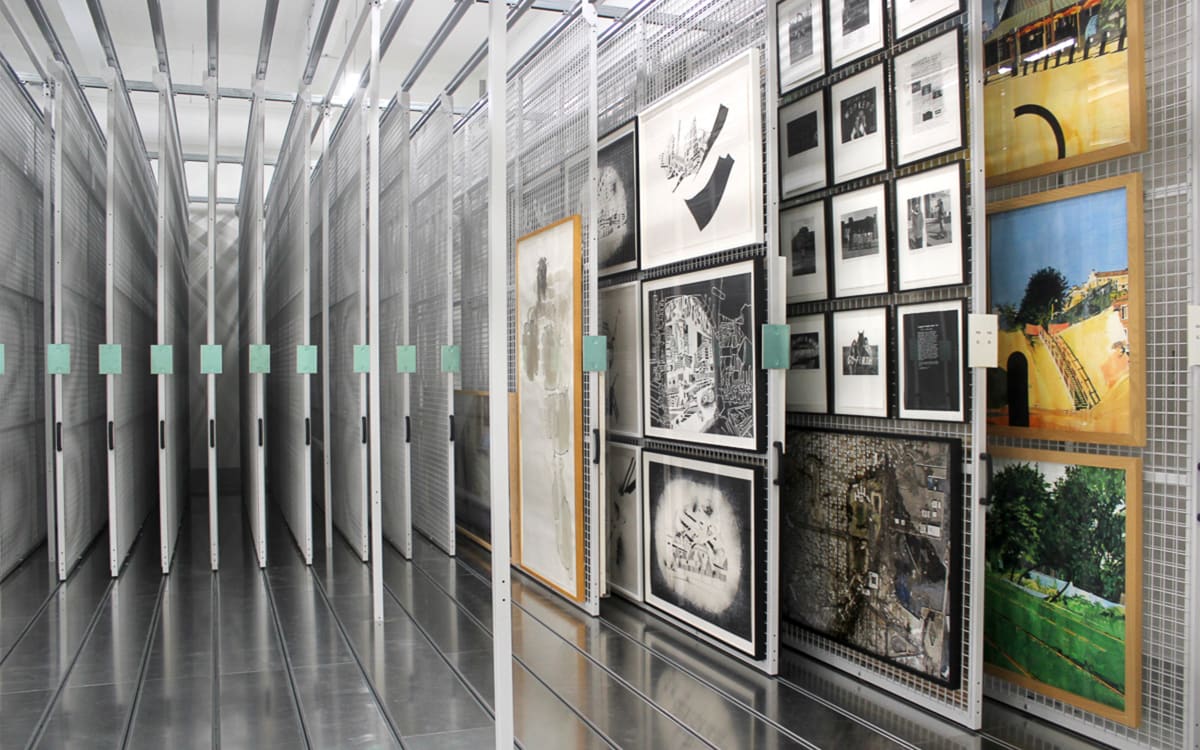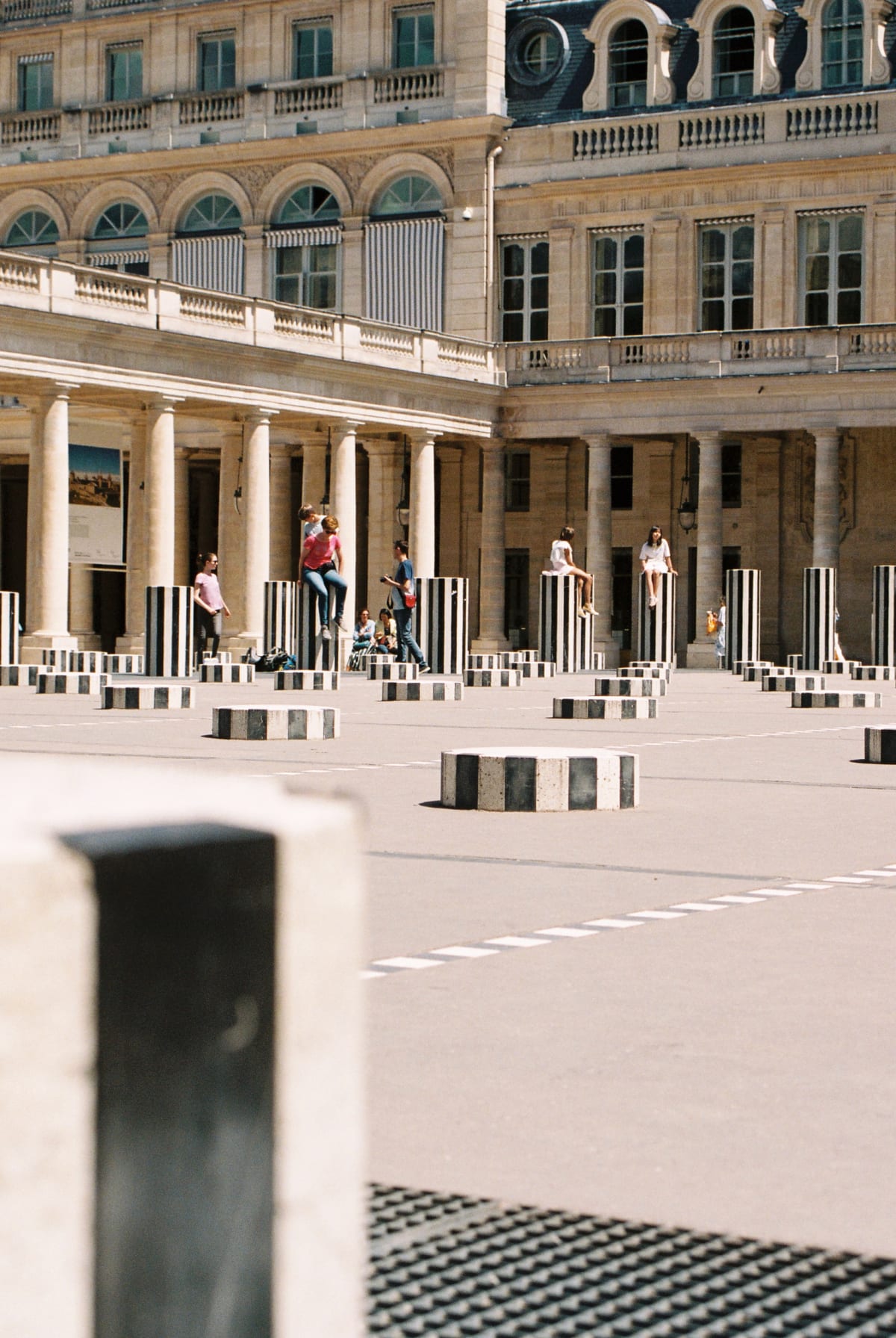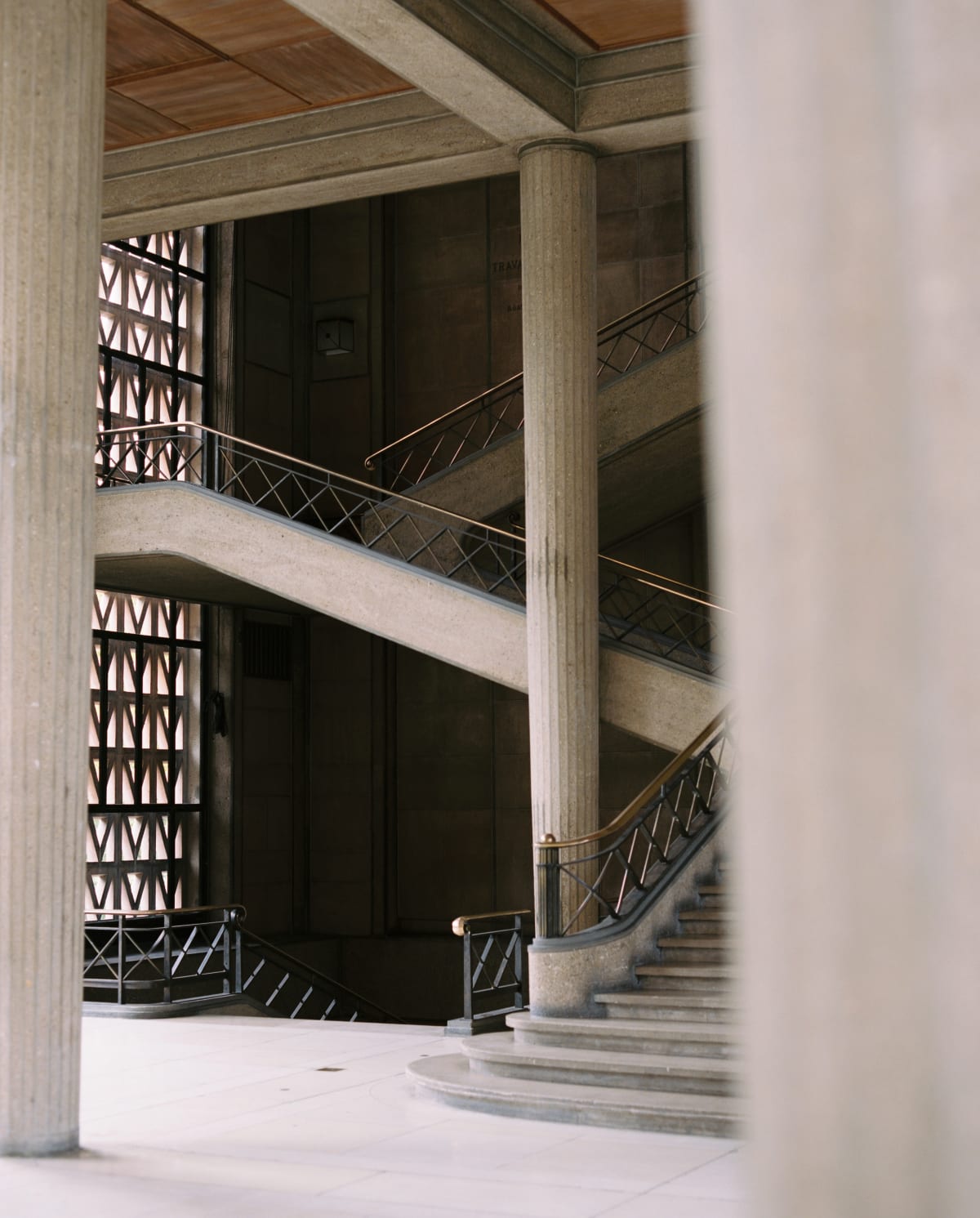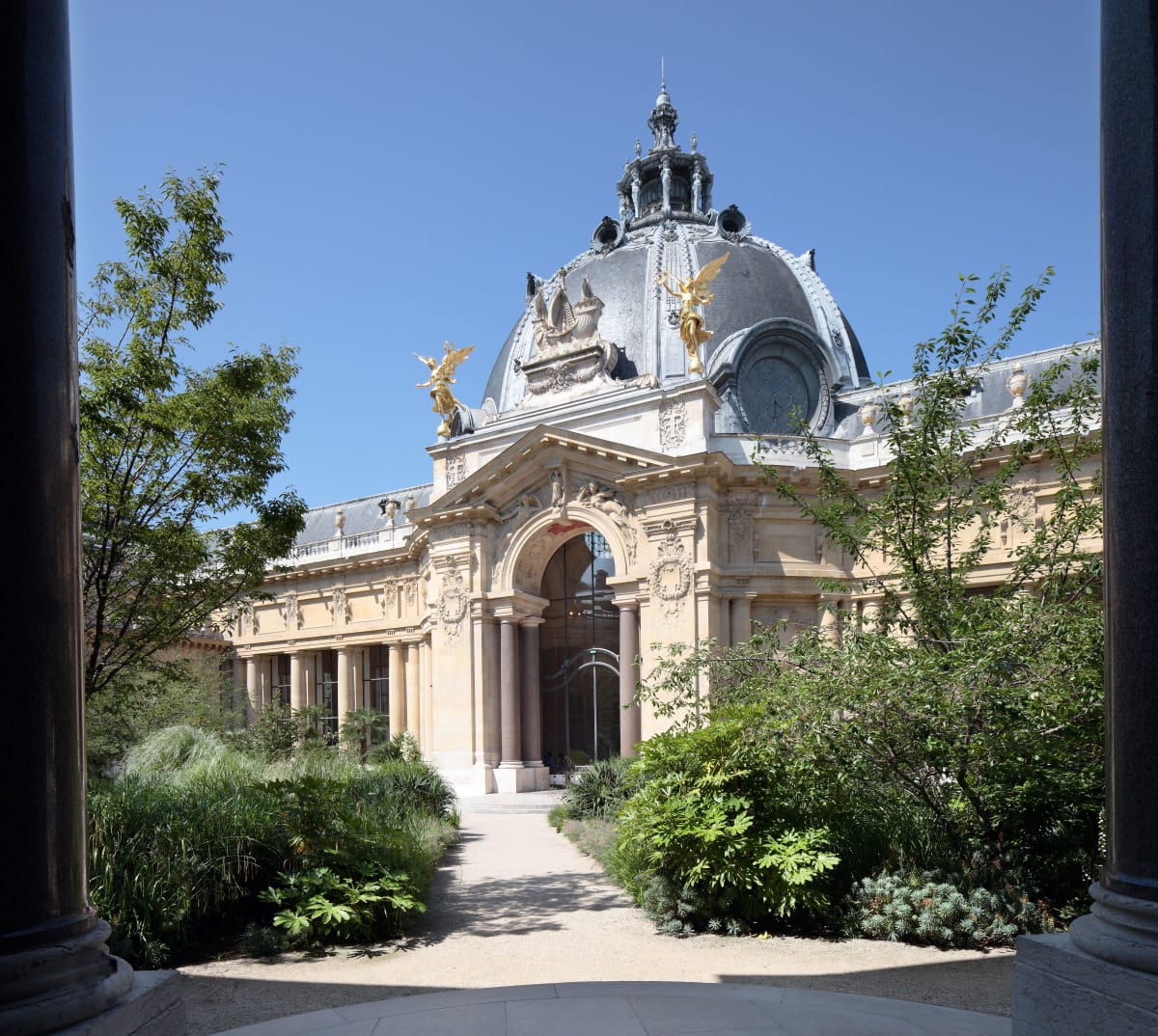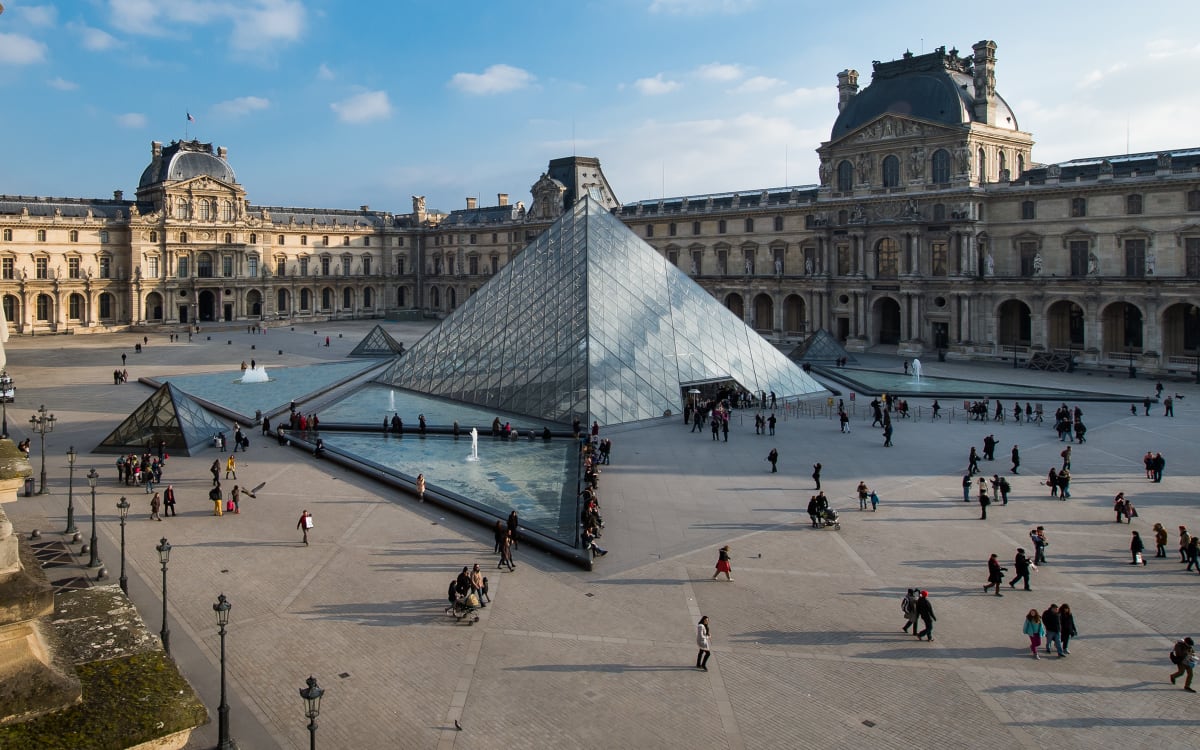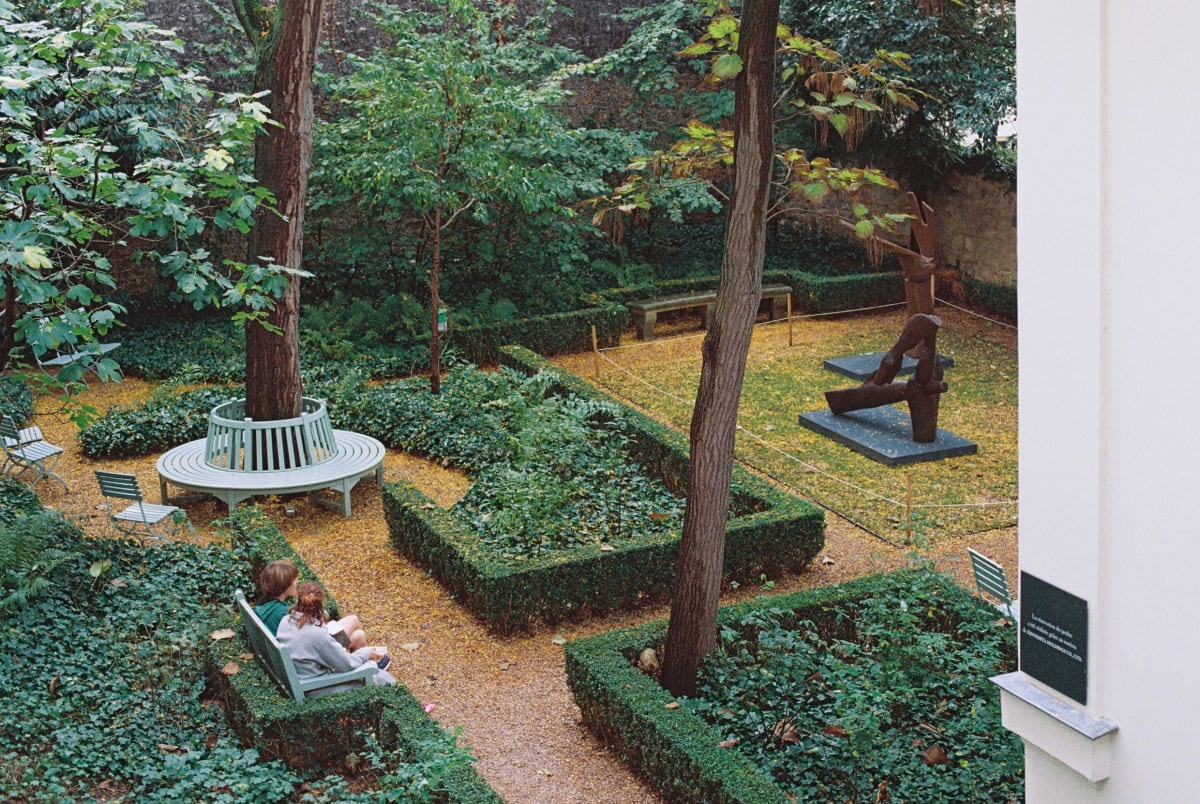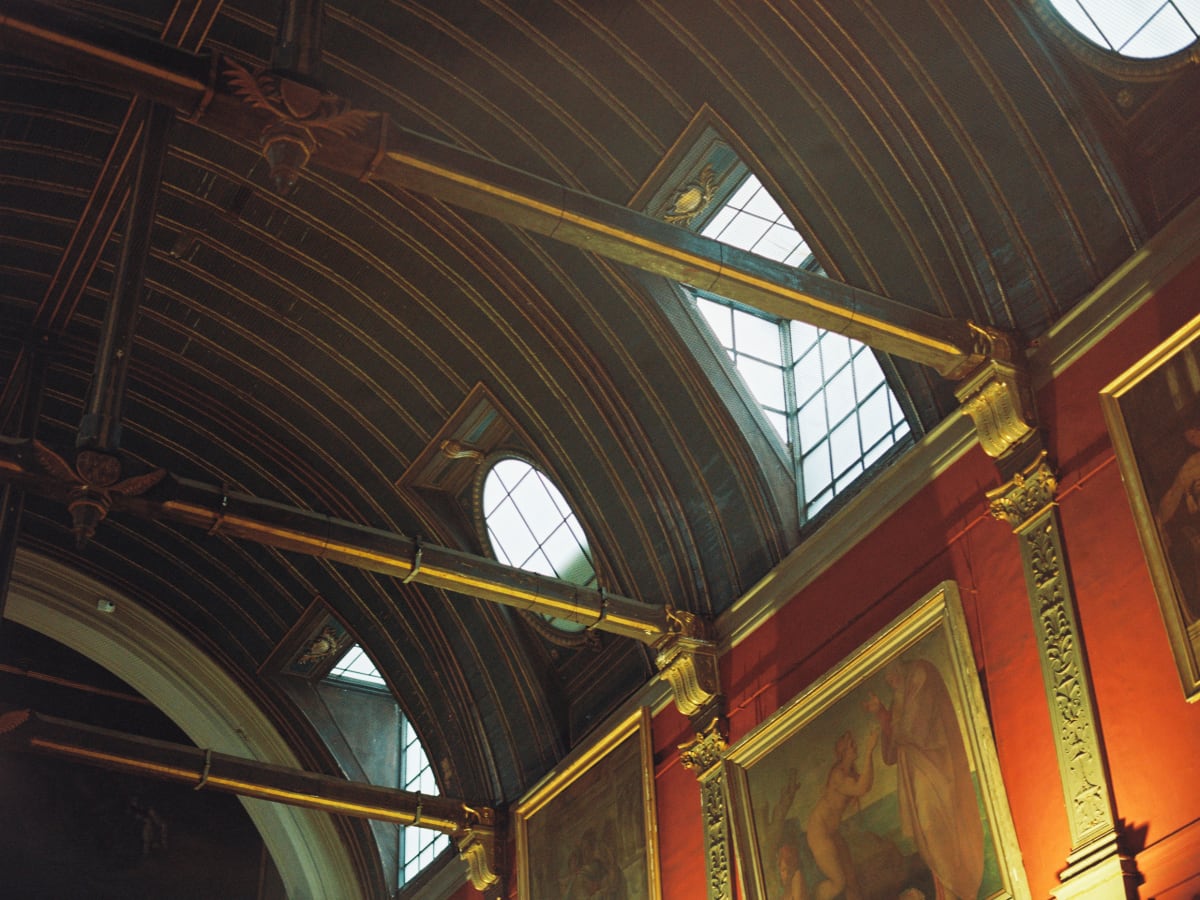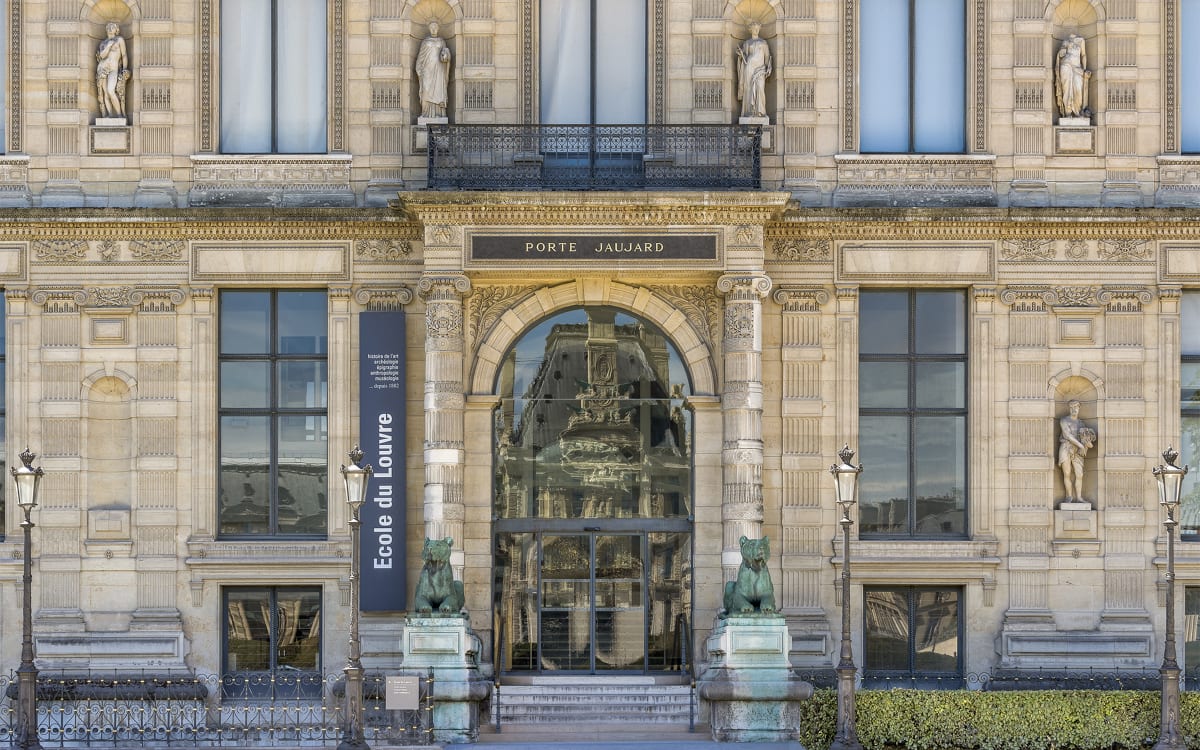2024年10月18日至20日
巴黎展會
巴黎大皇宮暨法國國家博物館聯合會
巴黎大皇宮暨法國國家博物館聯合會(The Réunion des musées nationaux – Grand Palais)致力於促進法國及世界各地的文化傳播。擁有藝術及博物館領域內的專業知識,使聯合會在文化世界中發揮度獨特作用,以及實踐其主要抱負——盡可能讓更多人與各種不同文化、時代領域和形式的藝術互動。
作為聯合會象徵地的大皇宮(The Grand Palais)於 2021 年開展重大修復工程,各層面的專業人士,包括大型展覽及文化活動製作將會調配到位於戰神廣場(Champ-de-Mars)的巴黎臨時大皇宮(Grand Palais Éphémère),繼續舉行活動,直至修復工程竣工。巴黎大皇宮暨法國國家博物館聯合會也將專業經驗用於支持巴黎盧森堡博物館,以至全法國境內抱負不凡及創新的文化項目
Centre des Monuments Nationaux (CMN)
The Centre des monuments nationaux (CMN) is a public institution under the authority of the French Ministry of Culture. Created in 1914 under the name ‘Caisse nationale des monuments historiques et préhistoriques’, it became CMN in 2000. Financed by the French State, it preserves, manages and opens to the public more than one hundred monuments, from prehistory to the 20th century, nineteen of which are on UNESCO’s World Heritage List. Its 1,470 employees welcomed more than ten million visitors in 2022.
CMN’s mission is to conserve, restore and maintain one hundred monuments and the 137. 000 cultural assets placed under its responsibility; to open and animate these hundred national monuments; to foster, with nearly 400 events per year (exhibitions, shows, animations… ), national monuments to play a key role in cultural life and the development of tourism; to act as a public publisher under the Éditions du patrimoine brand, making a major contribution to the knowledge and promotion of heritage through the publication of visitor guides, fine books, monographs on architects or buildings, children’s books, and works for the blind and partially sighted, and for the deaf and partially deaf people.
Photograph by Aliki Christoforou for Art Basel.
Palais d’Iéna
Commissioned to create an urban plan for the 1937 ‘Exposition Internationale’, architect Auguste Perret proposed a monumental thoroughfare that would link the Place d’Italie and the Chaillot hill; a ‘Champs-Élysées of the Left Bank.’ The fall of the Daladier government in 1934 led to the abandonment of this grandiose project. However, Perret did win two prestigious commissions, the Mobilier National (1936) and the Musée des Travaux Publics (1939) – now the Palais d’Iéna – which enabled him to fulfill his dream of erecting a classical monument using reinforced concrete.
Perret sought to establish the use of reinforced concrete as a discipline in its own right, as part of the grand traditions of architecture. With the Palais d’Iéna, he defined a classical order whose proportions flow directly from the logic of the material. Slender columns carry the roof in a single sweep, under which a second building slides. The interplay of these two frameworks creates a setting of perfect proportions. The columns flare out towards the top, joining the edge beam in a pyramid-shaped trunk adorned with plant motifs. The hypostyle hall, staircase, and amphitheater provide a noble setting. The colonnade of the Avenue d’Iéna captures light and shadow across its textures and moldings in a remarkable expression of the ‘reinforced concrete order’ that was Auguste Perret’s contribution to a thousand-year-old architectural discipline.
Photograph by Marion Berrin for Art Basel.
Petit Palais
Built for the Exposition Universelle of 1900, the Petit Palais building is a masterpiece by architect Charles Girault. In 1902, it became the City of Paris Museum of Fine Arts and presents a very beautiful collection of paintings, sculptures, furnishings and art objects dating from Antiquity to 1914.
Among the museum treasures are an exceptional collection of Greek vases and a very large group of Flemish and Dutch paintings from the seventeenth century, displayed around the famous Self-Portrait with Dog by Rembrandt. A magnificent collection of French paintings from the eighteenth and nineteenth centuries includes major works by Fragonard, Greuze, David, Géricault, Delacroix, Courbet, Pissarro, Monet, Sisley, Cézanne and Vuillard. The museum is also very proud of a very beautiful collection of sculptures by Carpeaux, Carriès and Dalou. The Petit Palais also holds a wide collection of decorative art as well as an outstanding graphic arts room.
Since 2015, contemporary artists like Kehinde Wiley, Andres Serrano, Valérie Jouve, Yan Pei-Ming, Laurence Aëgerter, Jean- Michel Othoniel, Ugo Rondinone, Loris Gréaud and this year Street artists, have been invited to exhibit in the Petit Palais permanent collections in order to create a dialog with these paintings and reveal links between their works and those of the museum.
Photograph: Courtesy of the Petit Palais.
羅浮宮
前身是皇宮的羅浮宮,在過去的八個世紀中與法國歷史有著千絲萬縷的關係。自1793年起,羅浮宮被視為世界級博物館,其藏品跨越九千年歷史和五大洲,一共分為八個部門(即將增至九個),展示超過35,000件作品。作為以上珍貴遺產的守護者,羅浮宮早至法國大革命前就已經成為藝術家們瞻仰大師作品並吸取靈感的地方。時至今日,這裡仍然是為當代頂尖的創作者、建築師、畫家、雕塑家、舞蹈家、音樂家甚至廚師提供養分的地方。
因此,博物館中永久設置的作品是宮殿歷史的延續,也是委託在世藝術家進行彩繪或雕刻裝飾作品的理想至地。當中包括夏爾.勒布倫(Charles Le Brun)、德拉克拉瓦(Eugène Delacroix)、喬治·布拉克(Georges Braque,「Les Oiseaux」,1953年繪製),以及最近的安塞姆.基弗(Anselm Kiefer,《Esprit d'escalier》,2010)、François Morellet(《Esprit d’escalier》,2010)、塞.姆布雷(Cy Twombly,《The Ceiling》,2010)、Jean-Michel Othoniel(《La Rose du Louvre》,2020)及Elias Crespin(《L’onde du midi》,2020)。
照片:© 2017 Musée du Louvre / Olivier Ouadah © I.M. Pei / Musée du Louvre
